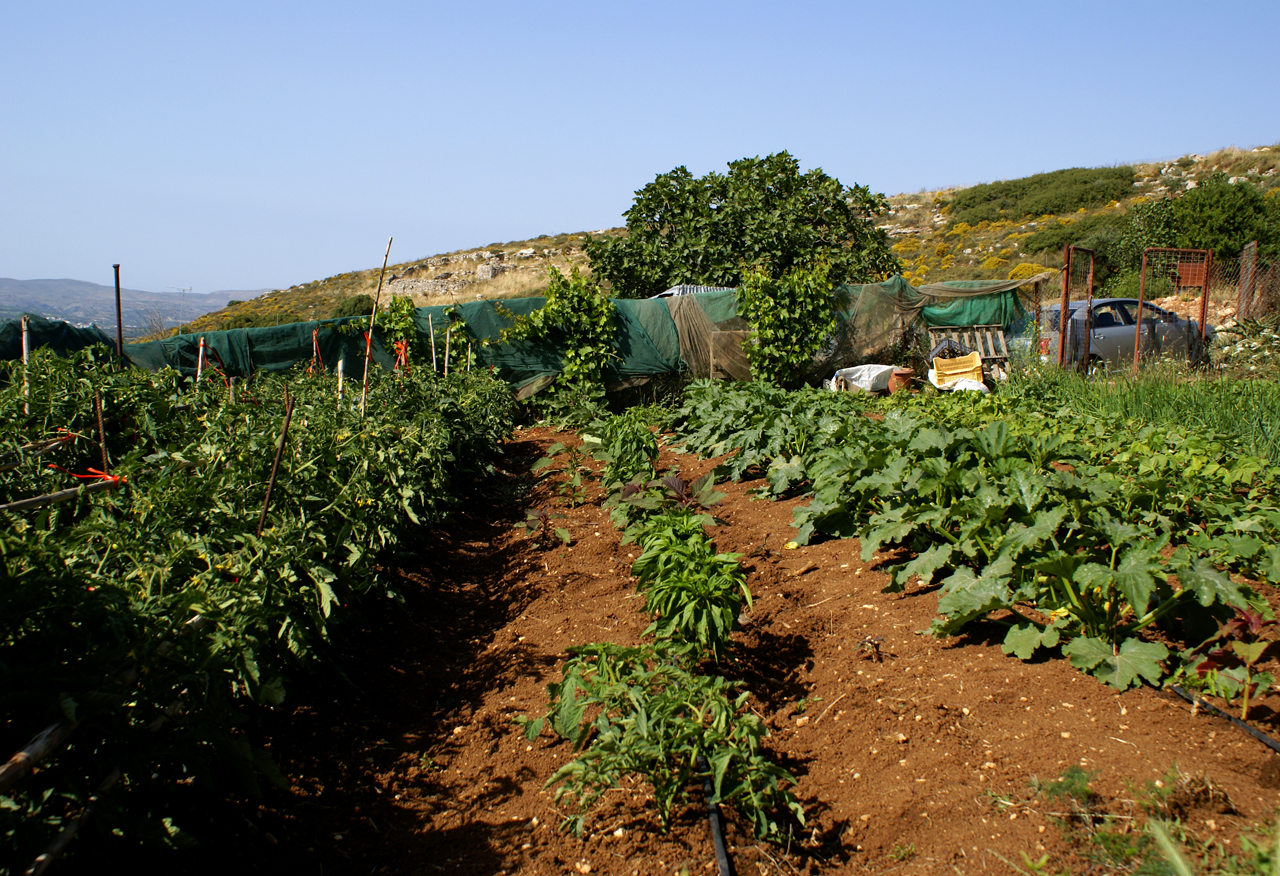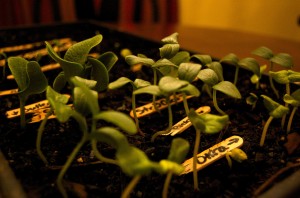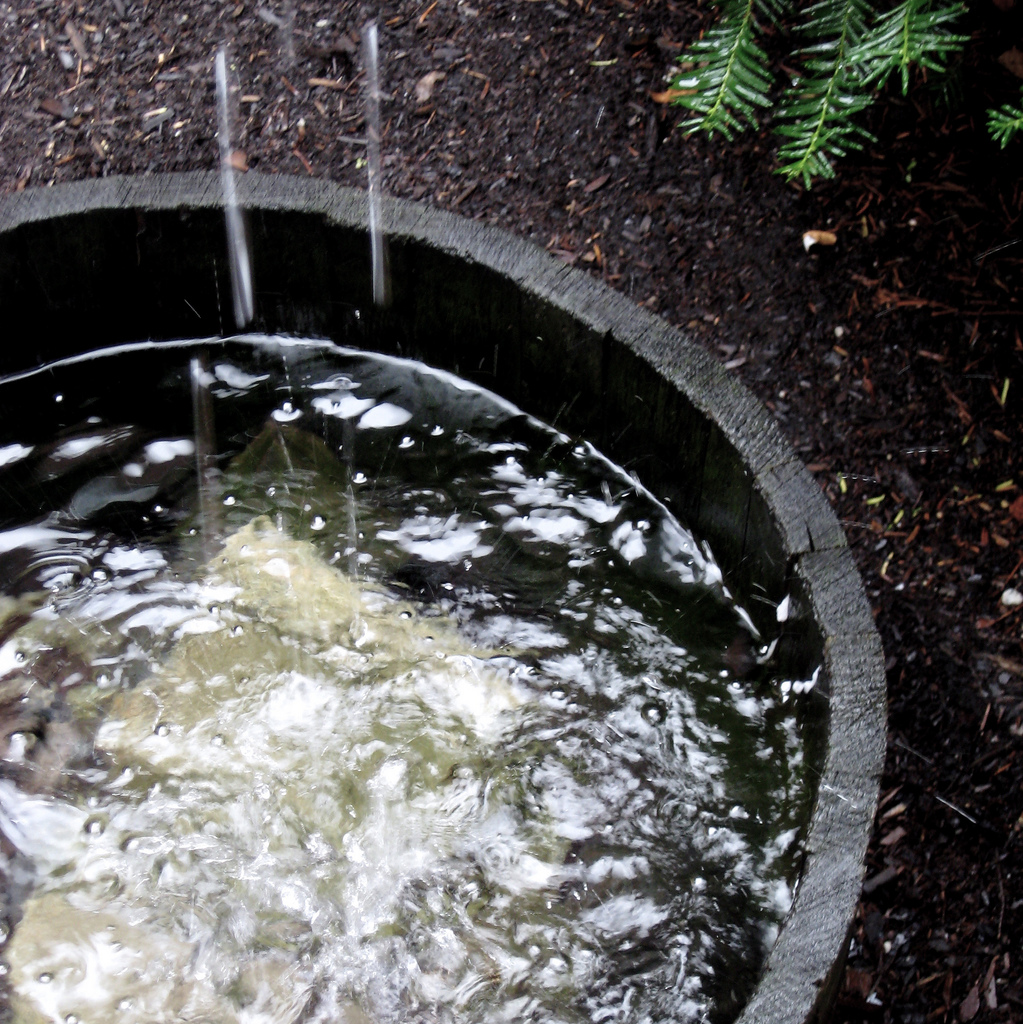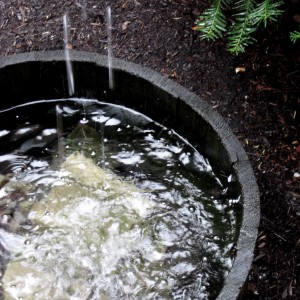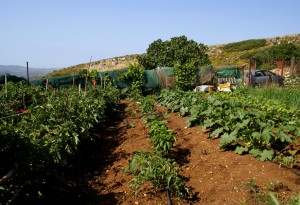
What an interesting word. Gardening could mean anything from a small group of containers filled with flowers on a porch to tending a garden which happens to share the same borders as your property lines. For me, gardening is moving closer and closer to the latter with each season.
About 30% more Americans are planting gardens this year, according to the National Gardening Association. That is a big jump. I don’t agree with the coined terms “victory garden” or “freedom garden”. This is something more. For many, it’s always been about connecting with nature. For others, it could be about producing something better, toting the fact that these flowers were grown from seed, not purchased, or even cutting their dependency on oil.
Vegetable gardening is picking up. This is fantastic for the following reasons:
First, producing your own vegetables creates something you own. You grew those veggies. You are feeding the family. It’s your accomplishment and no one else can claim it, except family members who helped you perhaps.
Second, the food tastes so much better. You can grow a strain of corn that’s your favorite, or perhaps some heirloom tomatoes, or a gigantic watermelon (Moon & Stars)! You’ll quickly become addicted to homegrown, and even if you can’t plant everything in your plot, you’ll soon sniff out farmer’s markets for those desired fruits. Do be aware of where your farmer’s market gets their products. One in South County (at the corner of Reavis Barracks and Lemay Ferry Road) would purchase their produce at Dierbergs, mark it up and pass it off as their own. Also check out flea markets. Often times people will be selling produce or seedlings.
Third, it’s wonderful exercise for your body and your brain. Share with kids and help them learn a great skill/hobby. In a book I am reading, I was quite shocked by the fact that some children are appauled and horrified when they find out vegetables come from ‘dirt’. Growing up around this process, it never occurred to me to even think about vegetables coming from ‘dirt’. I mean, where else would they come from?! I was delighted, however, to find that some schools are implementing agriculture in the curriculum and that there are some young people taking the reins of their family farms or starting their own.
Fourth, and most important in my book, the food you produce is local. By local, I mean you know what that food is, where it came from and what is in it. By producing your own food, you are taking control of what goes in your family’s mouth. You are cutting emission of gasses into the air. You are decreasing the depletion of Earth’s resources. Most of all, you are taking a stand against sub-paar food production. With 30% more people doing this annually, I think someone is going to notice.
To quote someone from this month’s Organic Gardening:
I am 70 years old and survived on raw milk and homegrown vegetables. I raised my kids on raw milk. I have ducks for eggs, rabbits for meat, and a large garden. I have never been sick from eating or drinking my stuff. Where do we see the problems? From processed and imported food.
Pat Coward, Auburn, Georgia
It’s up to us if we’re going to demand better for ourselves.
For more information, check out these great resources:
Path to Freedom
Organic Gardening
How to Grow More Vegetables
